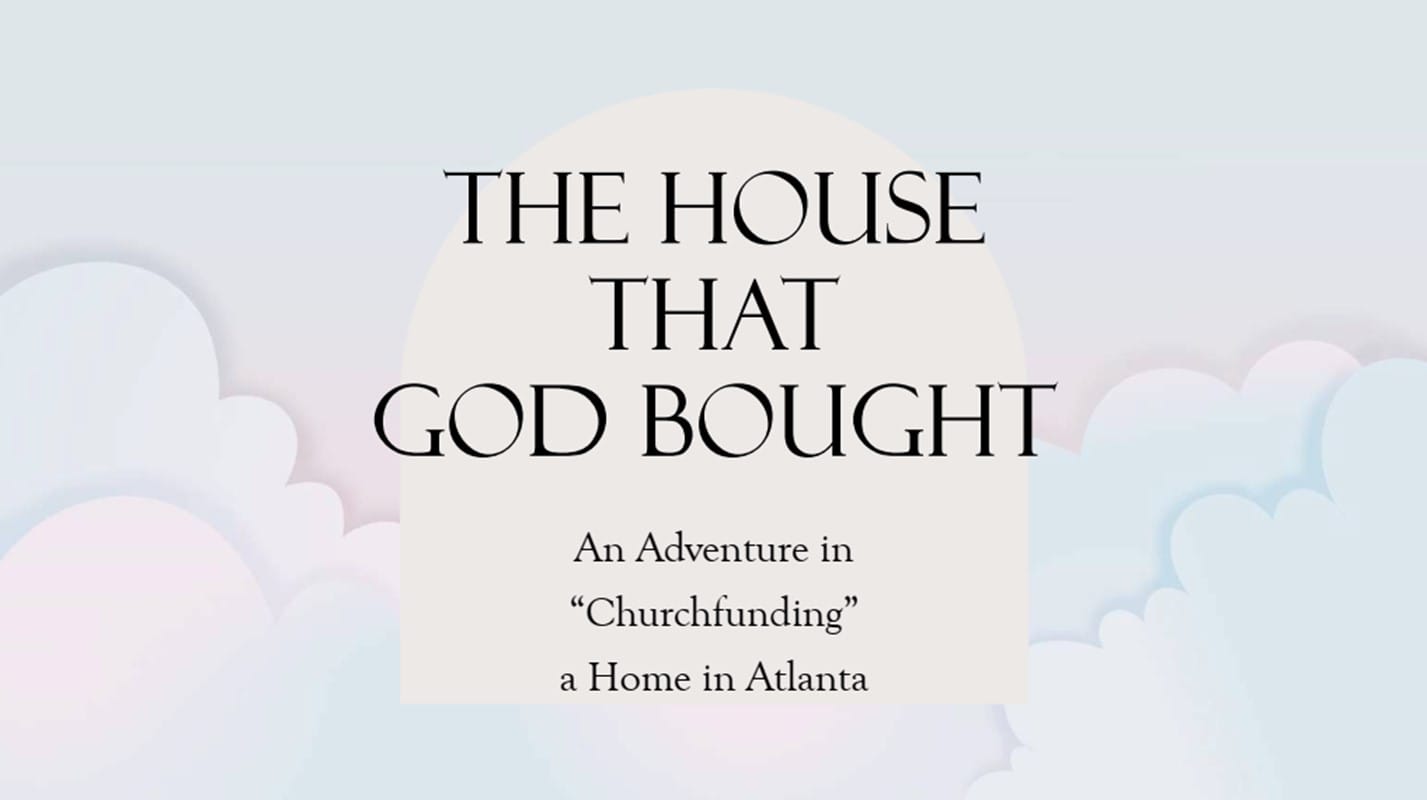I recently finished an excellent book: Theology of the Reformers, by Timothy George (republished in 2013 in an expanded 25th-anniversary edition). This book summarizes the theology of the Reformation by focusing on five key characters: Martin Luther, Huldrych Zwingli, John Calvin, Menno Simons, and William Tyndale. (Click on the names above for my posts on each, and click here for my final post in this series.)
Among the many topics surveyed in George’s book is the topic of ecclesiology (the theology of the Church). Since ecclesiology is one of the primary themes of this website, I want to post here some key excerpts from George’s book on the topic.
This won’t be a book review, nor will I attempt to systematically summarize everything George writes about the ecclesiology of the Reformers. Rather, look for about six or seven blog posts containing a semi-random collection of quotes–anything about the Church that seems especially interesting or significant to me as I look to sharpen my own ecclesiological vision.
History is important! If we want to understand ourselves and our churches well, we will need to learn at least a little about our roots. In fact, we should look beyond our own roots to examine the branches that grow beside us on the great tree of the Church. No, we do not look to history for the last word about what the Church is or how church should “be done.” We look to Scripture and the Word-wielding Spirit for that. But the study of history can equip us to see ourselves and our churches more clearly in the mirror of the Word.
To that end, let me begin in this post by sharing some excerpts from Timothy George about the church of the late Middle Ages–the church that gave birth to each of the Reformers, the church against which they hammered out their own ecclesiological conclusions.
Timothy George:
We have said little about the notorious abuses of the pre-Reformation church: simony, nepotism, the misuse of benefices, clerical concubinage, and so forth. All of the reformers— Catholic, Protestant, and radical alike—strenuously opposed such practices. However, some among them also realized that something more than a general housecleaning was demanded. It would do no good to sweep out the cobwebs if the foundation itself was rotten. What was needed was a new definition of the church based on a fresh understanding of the gospel.(Kindle Locations 577-581, emphasis added.)
Unlike the doctrines of the Trinity and Christology, which were subjects of official conciliar definitions in the early church, the doctrine of the church had never received such dogmatic status. Neither Peter Lombard in his Four Books of Sentences nor Thomas Aquinas in his Summa Theologica has a separate locus for the church in his systematic theology. However, from the fourteenth century onward, numerous treatises bear the title De ecclesia. This explosion of interest in ecclesiology coincided with extensive institutional changes within the church… (Kindle Locations 582-587, emphasis added.)
The Reformation is often portrayed as having shattered the unity of the medieval church , bequeathing to the modern world the legacy of a divided Christendom. When we look closer at the centuries preceding the Reformation, however, we discover a plurality of ecclesial forms and doctrines… The Reformation of the sixteenth century was thus a continuation of the quest for the true church that had begun long before Luther, Calvin, or the fathers of Trent entered the lists.(Kindle Locations 587-591, emphasis added.)
Timothy George describes “five competing models of the church in the late Middle Ages.” Here a few excerpts for each:
1. Curialism
In medieval times the Curia Romana referred to the papal court, including all of the officials and functionaries who assisted the pope in the governance of the church. Curialism thus was a theory of church government that invested supreme authority , both temporal and spiritual, in the hands of the papacy. (Kindle Locations 593-595, emphasis added.)
Building on the work of his predecessors, Pope Boniface VIII set forth the most extravagant claims for papal sovereignty in his bull Unam Sanctam ( 1302 )… “We declare, state, define and pronounce that it is altogether necessary to salvation for every human creature to be subject to the Roman Pontiff.”(Kindle Locations 615-619, emphasis added.)
[The Italian poet] Dante, who placed Boniface in one of the lowest circles of hell with two other simoniac [buying or selling church privileges] popes, described the consequences of the curialist position: “Since the Church has sought to be two governments at once [temporal and spiritual swords], she sinks in much, befouling both her power and ministry.”(Kindle Locations 623-625)
2. Conciliarism
The specter of the body of Christ divided into three papal obediences, each hurling anathemas and interdicts at the other two, gave urgency to the call for reform. Out of this crisis emerged the conciliar view of the church, which affirmed the superiority of ecumenical councils over the pope in the governance and reform of the church. At the heart of the conciliar theory was the fundamental distinction between the universal church (representatively embodied in a general council) and the Roman Church (consisting of pope and cardinals). (Kindle Locations 630-634, emphasis added.)
In the case of multiple schisms, who was qualified to hold the popes accountable? William of Ockham had declared that any Christian , even a woman, could call together a general council in a time of emergency. (Kindle Locations 638-639)
The death knell of conciliarism can be heard in the papal bull Execrabilis, promulgated by Pope Pius II in 1460.
A horrible abuse, unheard-of in earlier times, has sprung up in our period. Some men, imbued with a spirit of rebellion . . . suppose that they can appeal from the Pope, Vicar of Jesus Christ . . . to a future council . . . . Desirous, therefore, of banishing this deadly poison from the Church of Christ , . . . we condemn appeals of this kind, reject them as erroneous and abominable, and declare them to be completely null and void.(Kindle Locations 650-654)
3. Wyclif and Hus
Both Wyclif, “The Morning Star of the Reformation,” and Hus are often referred to as forerunners of the Reformation. Indeed, Hus’s treatise, De Ecclesia, played an important role in Luther’s eventual break with the papacy. At one point Luther was forced to confess: “We are all Hussites now.” 35 He later realized that his affinity with Wyclif and Hus was only provisional; neither of them approached his radical understanding of justification by faith alone . Nonetheless their own radical ecclesiologies contributed significantly to Luther’s developing doctrine of the church.(Kindle Locations 661-666, emphasis added.)
Wyclif’s strident anticlericalism issued from his definition of the church as the predestined body of the elect. Hus later echoed Wyclif’s idea: “The unity of the Catholic Church consists in the bond of predestination, since her individual members are united by predestination, and in the goal of blessedness, since all her sons are ultimately united in blessedness .” (Kindle Locations 670-672, emphasis added.)
Wyclif divided the church into three parts: the Church Triumphant (including the angels) in heaven, the Church Militant on earth, and the Church Dormient in purgatory. As the Church Militant contained both wheat and tares, and as no one could know for sure in this life which of those one was, neither affiliation with the institutional church nor the holding of clerical office guaranteed membership in the invisible church, whose “chief abbot” was Christ. It was thus possible to be in the church without being of the church.(Kindle Locations 676-680, emphasis added.)
4. Spiritual Franciscans
The power of their appeal sprang from two sources: Francis’s ideal of poverty, which the Spirituals understood from reading his Rule to be absolute, and the philosophy of history set forth by Joachim of Fiore (d. 1202), which they applied to their own order and to their own times. In combination these elements provided an explosive critique of the contemporary church. Joachim divided history into three ages associated respectively with the Father, Son, and Holy Spirit. The dawn of the Third Age would be heralded by the coming of a new order of barefooted spiritual men who would oppose the false hierarchy of the church and prepare the way for a millennium of peace that would continue until the last judgment. (Kindle Locations 696-701)
As Wyclif and Hus opposed the empirical church of their day with the concept of the invisible church of the elect, so the Spiritual Franciscans held out the ideal of the church of the future, the church of the soon-coming Third Age of the Spirit, of which they were forerunners. In the later Middle Ages, the intensity of eschatological expectations and calculations increased. This “pursuit of the millennium” carried into the Reformation, especially among the radical reformers…(Kindle Locations 714-717, emphasis added.)
5. Waldensians
Whereas the Spirituals looked forward to the church of the coming new age, the Waldensians, devoid of apocalyptic fervor, harked back to the ecclesia primitiva, modeling their congregations on the simplicity of the early church.(Kindle Locations 718-720, emphasis added.)
The Waldensian view of the church was characterized by a strong perfectionist tendency and an antisacerdotal bias. They believed that the Roman Church had lost all of its spiritual authority when Pope Sylvester I received a gift of property and worldly power from Emperor Constantine in the fourth century.(Kindle Locations 726-728)
The Waldensians were able to survive frequent persecutions because of their separatist model of the church and their practice of clandestine worship. Their obvious affinities with the Protestant movement made them prime candidates for conversion. Indeed, at the Reformation many of the Waldensians merged with the Reformed Church without giving up their own identity.(Kindle Locations 733-736)
After surveying these “five competing models of the church,” George concludes:
From the foregoing survey of late medieval piety and ecclesiology, it should be clear that the church on the eve of the Reformation was beset by diverse models of spirituality and Christian community. The old idea that the Reformation burst asunder the undisturbed unity of an undivided Christendom must be set aside in the light of what one historian has called the “pregnant plurality” of the fourteenth and fifteenth centuries. (Kindle Locations 738-740, emphasis added. B&H Publishing Group. Kindle Edition.)
And that’s all for this post! Next up: the ecclesiology of Martin Luther.
What did you learn in this post? What did you see that still impacts the way we think about the Church today? What do you have to add to (or balance) Timothy George’s observations? Share your insights in the comments below!


